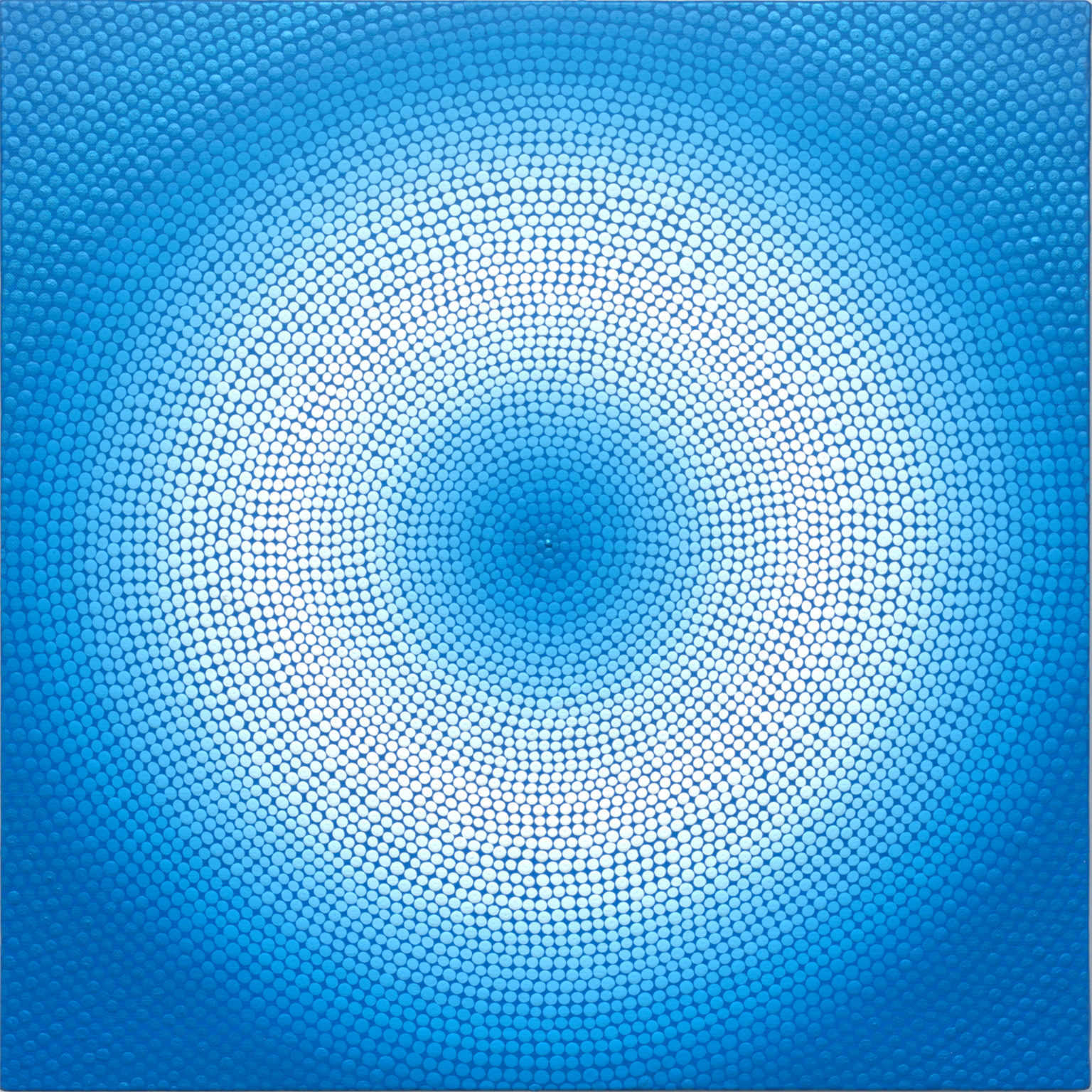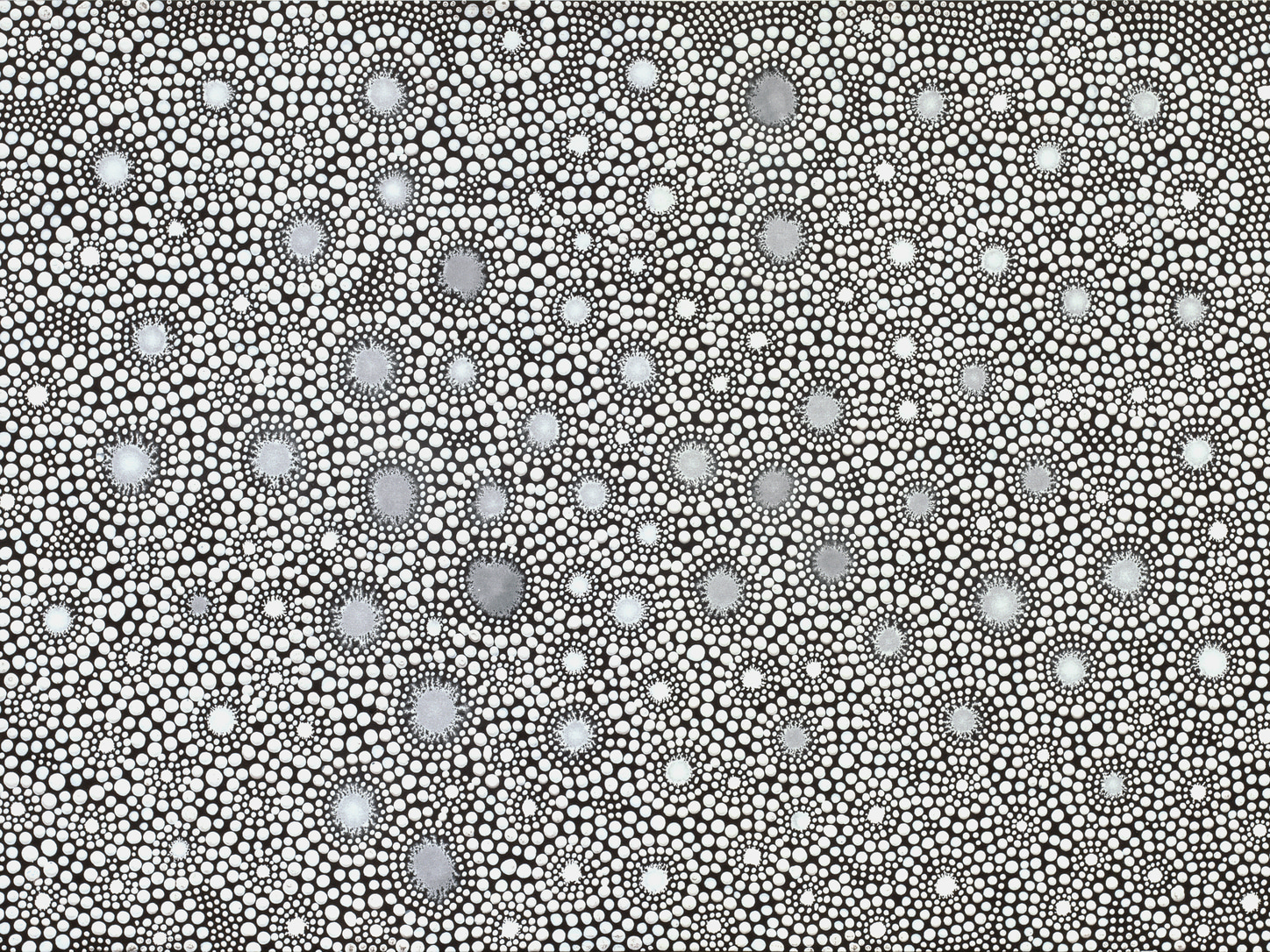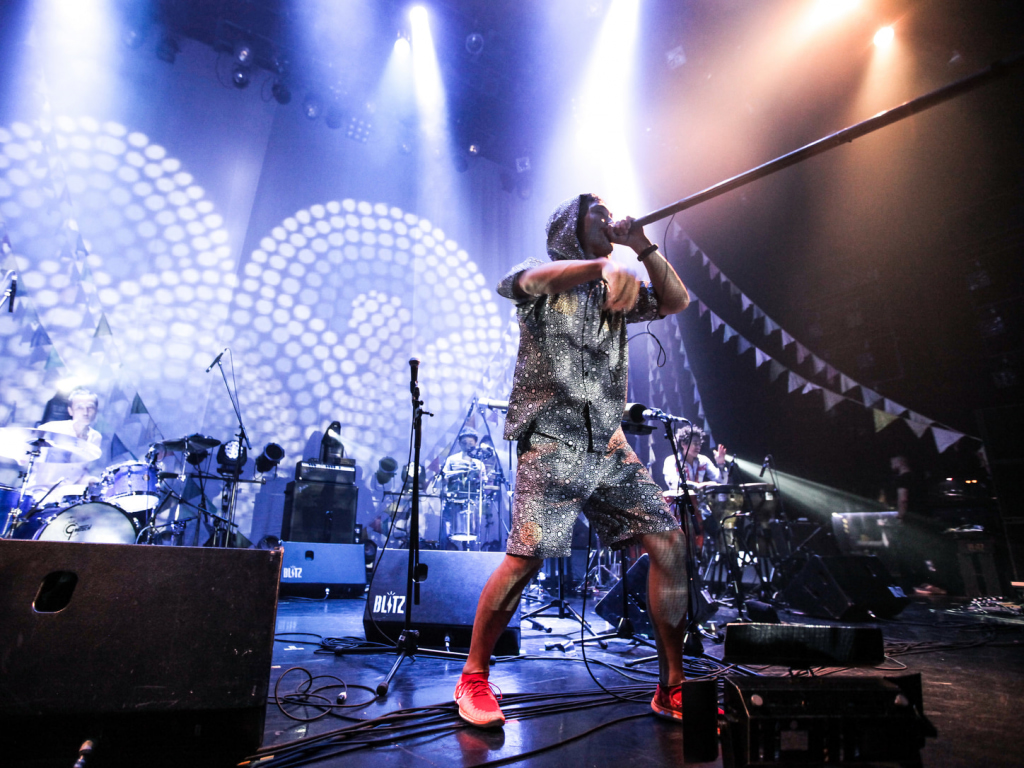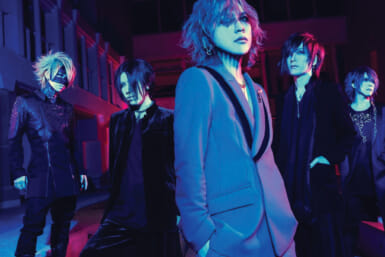Just under a decade ago Hiroki Morimoto was involved in a near-fatal traffic accident that had a profound impact not only on his life but also the lives of those closest to him. The award-winning didgeridoo artist, who’s better known by his stage name Goma, was driving out toward the highway on November 26, 2009 when his car was hit from behind.
As a result, he began suffering from epilepsy and regularly had blackouts. Damage to the hippocampus of his brain resulted in anterograde amnesia which made it extremely difficult for the musician to form new memories. He also struggled with old ones and for several months had no recollection of playing the didgeridoo.
With the wooden instrument left in his room, Goma instead focused his attention on art. Shortly after being discharged from hospital he started painting and quickly displayed a talent for this newfound passion. It was something he’d never shown any interest in before the crash and for years had no idea why he was doing it.
That was the case until 2017 when he met with Dr Darold Treffert, the world’s leading expert in the epidemiology of autism spectrum disorders. Treffert informed Goma that he was an acquired savant. It’s a condition in which someone with significant mental disabilities displays a certain skill far in excess of average, particularly in fields such as art, music and calculation.
While congenial savants are rare, acquired savants, those who experience the emergence of some dormant capacity after some central nervous incident such as a head injury or a stroke, are even rarer. So how did Goma feel when he heard the news? TW sat down to talk to him about that, as well as his artwork, music, and life since the accident.
What can you tell us about the first time you started painting?
Not much as I don’t remember it. [Laughs] According to my wife, I came home from hospital and a couple of days later picked up my daughter’s brushes and just began painting dots. She said I was doing it everywhere, on walls, tables and so on. It must have been quite scary for her and my little girl who was just four at the time. They didn’t know what was happening to my brain and neither did my doctor.

Hikari Blue © Jungle Music
Do you have any memory of that period just after the accident?
For the first few months nothing at all. I can only imagine how I felt based on my early work. With time I started to remember some things but not whole memories. It was hard to understand if something really did happen or whether I created it in my head. Sometimes people speak about my past and I don’t know what they’re talking about. That’s why I prefer to focus on the present and future.
Are you still having blackouts?
Yes, but they’re less regular. From what I heard it use to happen every month, now it’s around twice a year. My brain has seizures. Apparently, they last between five and 10 minutes. For most of that time I don’t know it’s happening, however, as I’m coming back to consciousness, I usually see this light coming through.
Does this light image then form the basis of your artwork?
Exactly. Something appears in my head and I paint it. It would probably be better if I was able to design and plan before starting on a piece, but I don’t have that ability. I’m not a professional, everything is instinctive. If you look at my pictures, whether it be waves, clouds or even Mt. Fuji, you can see the light approaching. That’s the point at which I am coming out of my unconscious state. Painting had a wonderful healing effect, but I still didn’t know why I was doing it. Thankfully I got some answers when I visited the Treffert Center in 2017.

Can you tell us how you first came into contact with Dr Treffert?
I was doing a TV series for NHK called Reborn about my life since the accident and one of the researchers from the show read an article about the Treffert Center in Fond du Lac, Wisconsin. I was sponsored to go out there and to Miami where I saw a famous brain specialist. I’d heard that Dr Treffert worked as an advisor on the film Rain Man and had this very impressive reputation so it was an honor to meet him. I quickly found out why he’s so respected. He’s in his eighties but still so passionate about his work and the data he’s collected over the years is just amazing.
What did he tell you about your condition?
He explained that as I’d been injured on the left side of my brain, the right side received lots of energy and consequently a previously inactive skill came to the surface. It was the first time I’d ever heard of savant syndrome. The doctor told me it was very rare to acquire this condition, as there were fewer than 100 cases globally. His advice was to embrace it and ride on. You can’t stop it or change anything with surgery so don’t waste energy thinking about the past. Use your skill in a positive way.
How did you feel hearing that?
I was delighted because for so long I didn’t know what was happening to my brain. It was a relief to know I wasn’t going crazy. A word I kept hearing was gifted and that gave me confidence. I then had the opportunity to meet two other acquired savants which was wonderful. One had amazing piano skills while the other was a math genius. Going back to Japan I felt reenergized and was really looking forward to picking up my paints and didgeridoo again.
Is it difficult balancing the time between the two?
Not really as I love doing both. Usually I’ll wake up in the morning and have a cup of coffee before starting to paint. As I’m waiting for the picture to dry, I’ll play the didgeridoo. Of course, when I have an exhibition I focus more on art and vice versa if I have a concert.
How are things going with your band Goma & The Jungle Rhythm Section?
Very well. Last year we celebrated our 20th anniversary with a series of live shows. There was a great vibe at all the venues. When I play with the band the songs are usually upbeat, whereas if I perform alone it’s more chilled. I used to get frustrated when I couldn’t remember certain tracks, now I’m more relaxed about everything.
Finally, can you tell us about your collaboration with Tezuka Productions?
Osamu Tezuka’s family came to my exhibition a few years ago and suggested working together. At that time, I was too nervous to do it as he was Japan’s greatest ever manga artist. I eventually agreed after visiting his atelier where I got to touch his work. I painted the Phoenix [an unfinished manga series that Tezuka considered his life’s work] in front of the rising sun. It’s an honor to be associated with such a legendary figure. Though I was young when he died, Tezuka will always be one of my heroes.
[Ed’s note] Osamu Tezuka passed away 30 years ago this month. Known as the “God of Manga,” he was a prolific artist who produced more than 700 volumes of work including Black Jack, Astro Boy and Phoenix.
For more info about Hiroki Morimoto, visit gomaweb.net









